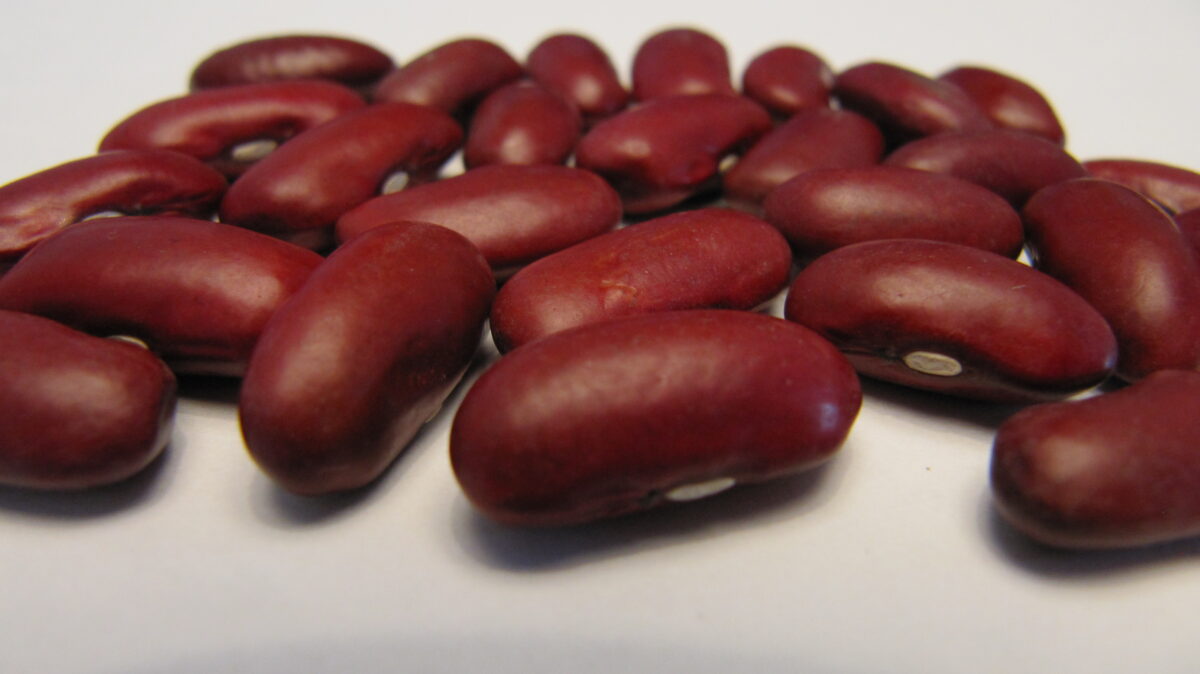Using high-quality, pedigreed seed from inspected fields is important to promote early season vigour and reduce the risk of seed-borne disease. Bacterial blights, anthracnose and BCMV are seed-borne diseases that cause serious issues in some years.
Most coloured bean seed (except black bean seed) is imported from arid growing regions in the U.S. where there is a low incidence of bacterial blight and anthracnose. Some seed, particularly white and black bean seed, may originate from pedigreed seed production in Ontario. Test all seed for germination (see list of labs offering germination testing).
Ensure that seed is free from mechanical injury and weather damage, and be sure to handle seed gently. Bean seeds are fragile and sensitive to rough handling, which can damage the growing point within the seed and result in slow or reduced emergence, distorted growth and missing cotyledons. Seed harvested at less than 16% moisture is more prone to mechanical damage. To reduce damage, minimize the distance seed falls, ideally less than 0.5 m (2 ft), and use brush augers and conveyors rather than regular augers.
Poor-quality seed, including mechanically damaged seed that is cracked or split, can result in reduced germination and vigour, uneven emergence, stunting or even “bald-headed” plants (plants without true leaves).
